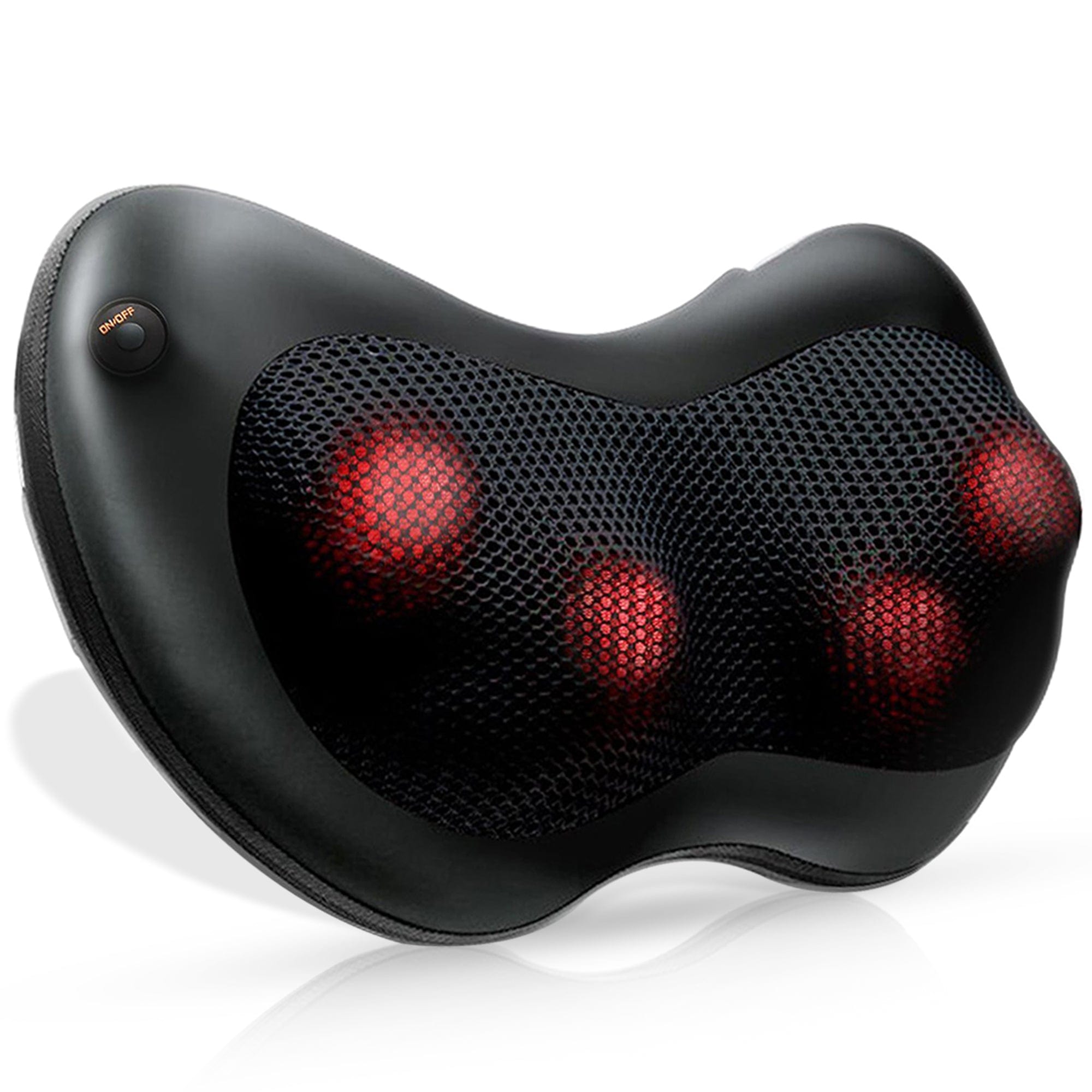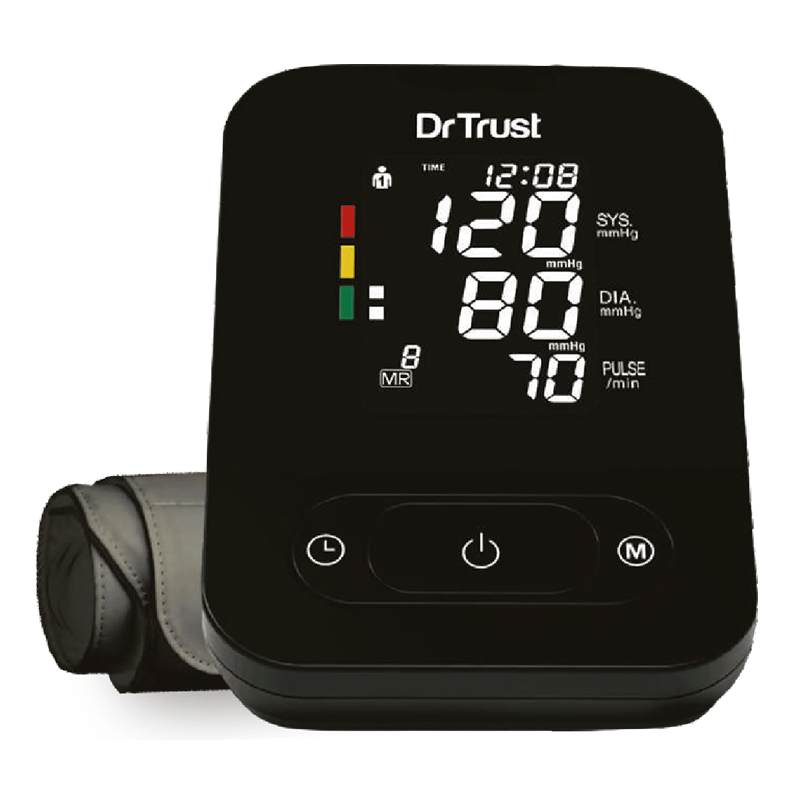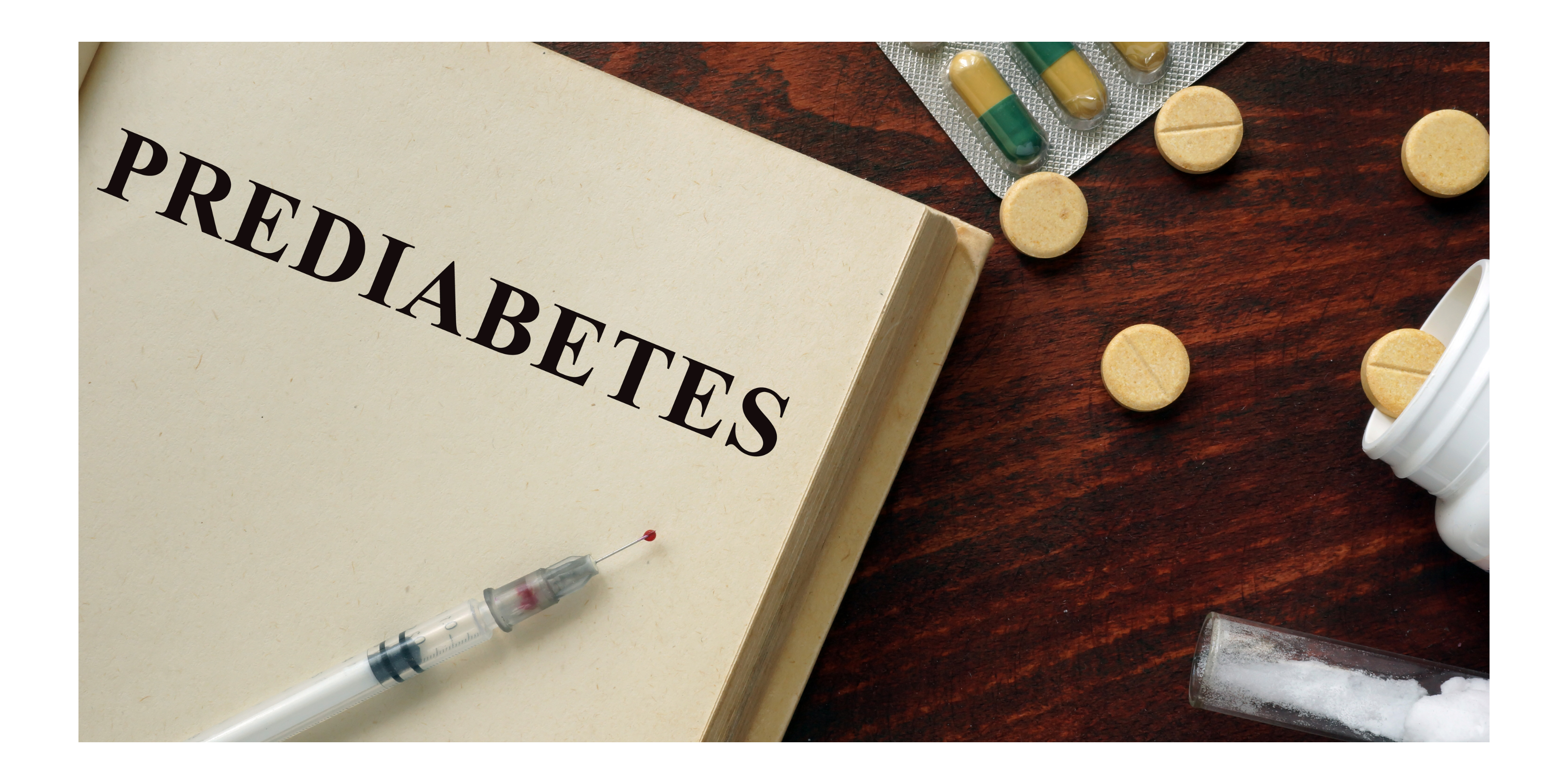India has recorded 60 heat-related deaths this season, with soaring temperatures impacting many regions. The India Meteorological Department (IMD) has issued warnings for heatwave conditions in Rajasthan, Vidarbha-Madhya Pradesh, Punjab, Haryana, Chandigarh, West Uttar Pradesh, and Delhi especially till May 27. Severe heatwaves can cause the body to overheat, impairing vital organs and potentially leading to life-threatening conditions like heatstroke.
 Bollywood superstar Shah Rukh Khan has recovered from heatstroke after being hospitalized in Ahmedabad. Khan is safe and now back in Mumbai. Meanwhile, the India Meteorological Department (IMD) IMD issued a red alert, warning of heatwave conditions.
Bollywood superstar Shah Rukh Khan has recovered from heatstroke after being hospitalized in Ahmedabad. Khan is safe and now back in Mumbai. Meanwhile, the India Meteorological Department (IMD) IMD issued a red alert, warning of heatwave conditions.
Rising Heatwave-Related Illnesses
Healthcare providers report a significant increase in heatwave-related symptoms such as muscle cramps, abdominal pain, generalized weakness, nausea, vomiting, and loose stools. There has been a 30% rise in patients with gastrointestinal and respiratory illnesses, and emergency departments are seeing a 30-40% increase in heat-related issues, especially among the elderly and those with pre-existing conditions like chronic respiratory, heart, and kidney diseases, and diabetes.
Symptoms
A severe medical condition that occurs when the body's temperature regulation system fails due to prolonged exposure to high temperatures. It is characterized by a body temperature of 104°F (40°C) or higher, and symptoms can include muscle cramps, abdominal pain, generalized weakness, confusion, rapid heartbeat, nausea, and unconsciousness. Immediate medical attention is required to prevent serious complications or death.
The National Centre of Disease Control (NCDC) has issued guidelines for autopsy findings to establish heat-related deaths, certifying them as heatstroke or hyperthermia if body temperatures at collapse are 40.6°C (105.08°F) or higher.
How to Protect Yourself and Loved Ones from Heatstroke During Heatwaves
The Centre has also issued a fresh advisory instructing hospitals to be prepared with essential medicines, IV fluids, ice packs, ORS, and necessary equipment.
Stay Hydrated: Drink plenty of water throughout the day, even if you don’t feel thirsty. Carry a water bottle with you and take regular sips. Consume hydrating fluids like sports drinks or oral rehydration solutions if you’re active or sweating a lot.
Want to know how to stay hydrated all summer long? Check out our blog, "10 Things to Avoid This Summer to Stay Hydrated For Long," for all the information you need.
Dress Appropriately: Wear lightweight, loose-fitting, and light-colored clothing to reflect heat. Choose fabrics like cotton that allow your skin to breathe. Avoid dark colors that absorb heat.
Use Sun Protection: Apply a broad-spectrum sunscreen with at least SPF 30 to all exposed skin. Wear a wide-brimmed hat or use an umbrella to shield yourself from direct sunlight. Use sunglasses to protect your eyes from UV rays.
Plan Your Outings: Try to schedule outdoor activities for early morning or late evening when temperatures are cooler. Avoid being outside during the peak heat hours, typically between 10 a.m. and 4 p.m. Take frequent breaks in shaded or air-conditioned areas.
Stay Informed: Check the weather forecast and heat advisories before leaving home. Be aware of the signs of heat exhaustion and heatstroke, such as dizziness, confusion, excessive sweating, and rapid pulse.
Limit Physical Activity: Reduce or avoid strenuous activities during high heat. If you need to exercise, do it in the cooler parts of the day and take it easy.
Use Cooling Products: Carry a portable fan or cooling towel to help manage your body temperature. Use ice packs, cold packs or wet clothes on your neck, wrists, and forehead to stay cool.
Stay in Cool Places: Spend time in air-conditioned environments like malls, libraries, or community centers if your home is not cool enough. Use fans to circulate air if air conditioning is not available.
Protect Vulnerable Individuals: Take proactive steps to protect children, the elderly, and individuals with chronic illnesses from extreme heat. These groups are particularly susceptible to heat-related illnesses. Those with conditions like hypertension, diabetes, and respiratory diseases are at even higher risk. Regularly monitor their health vitals using home healthcare devices. You can find a range of reliable options online at Dr Trust to ensure their well-being during heatwaves. Make sure to stay vigilant and provide the necessary care to keep them safe.

First Aid ⛑ for Heatstroke
Heatstroke requires immediate medical attention. While waiting for an ambulance, take these steps to cool the person down:
- Use cool water to sponge the person's body.
- Fan the person while misting them with cool water.
- Cover the person with cool, damp sheets or ordinary bed sheets soaked in ice water.
- If the person is conscious, encourage them to drink slightly salted fluids like sports drinks or salted water.
Applying Cold Packs for Heatstroke
Apply ice packs or cool, wet towels to the neck, armpits, and groin. These areas have large blood vessels close to the skin, which helps cool the body quickly. You can purchase multipurpose Cold Pack here.

FAQs
What are the early signs of heatstroke?
Early signs of heatstroke include high-grade fever, dry mouth, excessive thirst, yellow urine, muscle cramps, confusion, and anxiety. If someone becomes unconscious, they should be rushed to the hospital immediately.
How can I stay hydrated during a heatwave?
Drink plenty of water throughout the day, even if you don’t feel thirsty. Carry a water bottle with you and take regular sips. Consume hydrating fluids like sports drinks or oral rehydration solutions if you’re active or sweating a lot.
What clothing is best to wear during a heatwave?
Wear lightweight, loose-fitting, and light-colored clothing to reflect heat. Choose fabrics like cotton that allow your skin to breathe. Avoid dark colors that absorb heat.
How can I protect my skin from the sun during a heatwave?
Apply a broad-spectrum sunscreen with at least SPF 30 to all exposed skin. Wear a wide-brimmed hat or use an umbrella to shield yourself from direct sunlight. Use sunglasses to protect your eyes from UV rays.
What should I do if I have to be outside during peak heat hours?
Try to schedule outdoor activities for early morning or late evening when temperatures are cooler. Avoid being outside during the peak heat hours, typically between 10 a.m. and 4 p.m. Take frequent breaks in shaded or air-conditioned areas.
By following these guidelines, you can significantly reduce your risk of heatstroke and protect vulnerable individuals during severe heatwaves. Prevention is key to avoiding the serious consequences of heat-related illnesses. Stay safe and stay cool.














